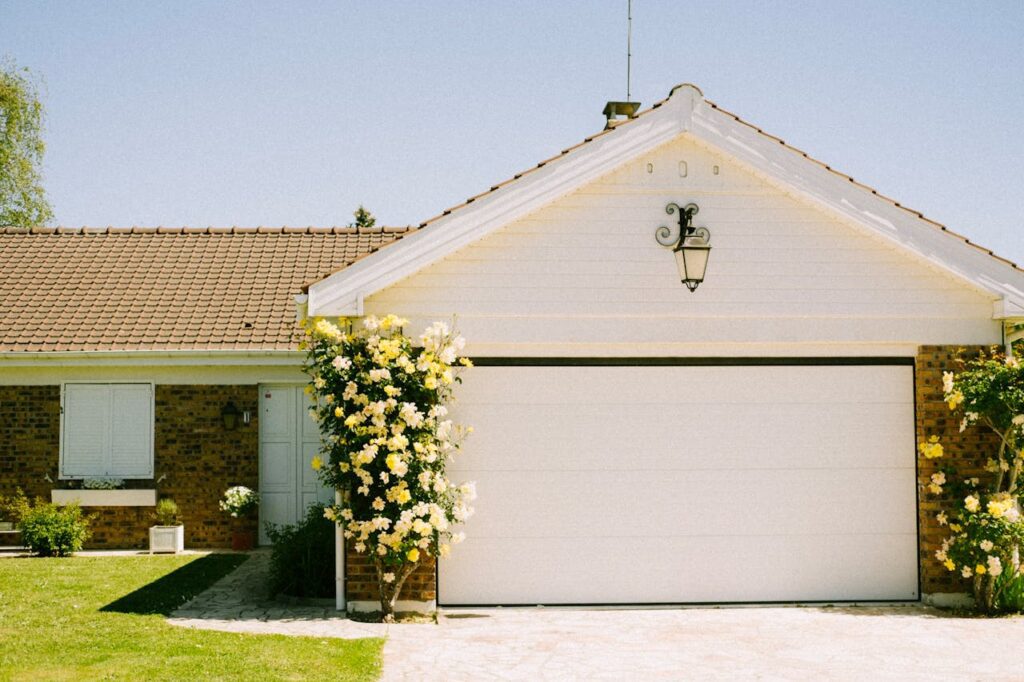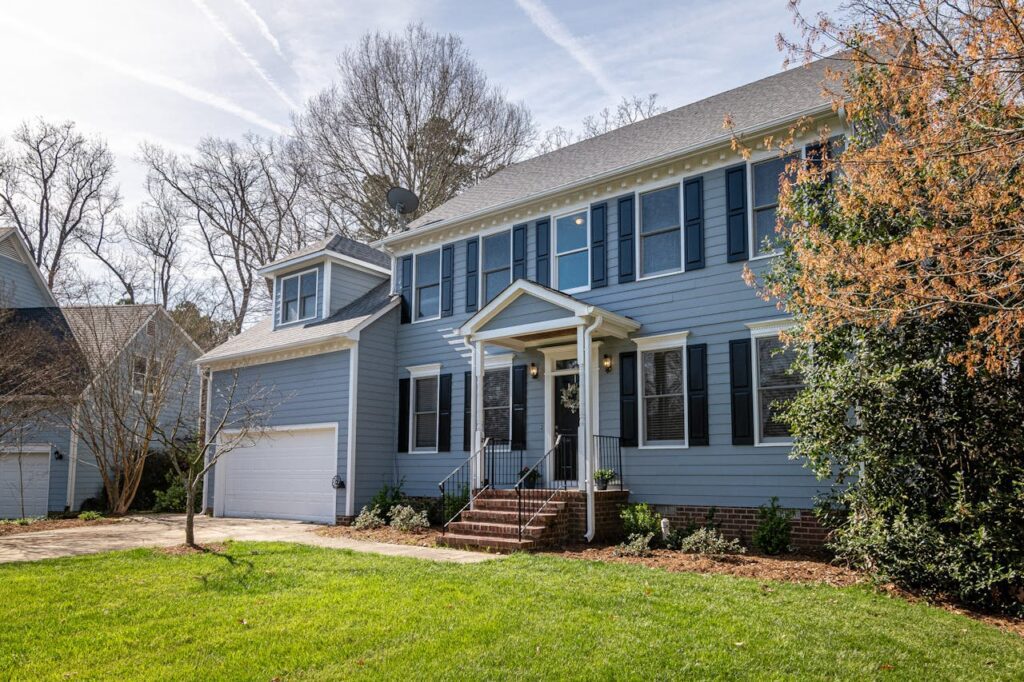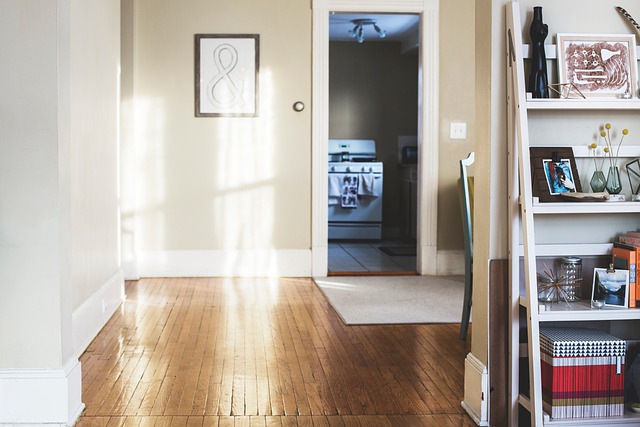Are you struggling to pick the perfect framing material for your project, choosing building materials, selecting building materials, and selecting construction materials? Choosing the right material is crucial for the success and durability of your creation. With various options available, including roofing material selection, it can be overwhelming to make the best decision regarding material suitability. In this guide, we will explore key factors to consider when selecting the ideal framing material and the right building materials to bring your project to life seamlessly.
Identify Project Requirements
Functional Needs
When selecting the right building materials for your construction project, it’s crucial to clarify the primary purpose of the project. Consider specific functional needs such as load-bearing capacity, insulation requirements, and material selection for the right building materials. Different construction projects have unique demands that must be met by the chosen material and the right building materials.
Regulatory Considerations
To ensure compliance, it is essential to determine any regulatory or zoning requirements that may affect material choices for the right building materials. Understanding these regulations will help in selecting a framing material that meets both structural needs and legal standards.
Assess Durability and Maintenance
Resistance to Environmental Factors
Evaluate sustainable materials for their ability to withstand environmental challenges such as moisture and pests. Different framing materials react differently to these factors, impacting the longevity of your project. Consider how each material fares in varying conditions to ensure lasting durability.
Investigate the long-term maintenance requirements associated with different roofing materials. Some materials may demand frequent upkeep, while others remain low-maintenance over time. Understanding these needs upfront can help you choose a material that aligns with your maintenance capabilities and preferences.
Lifespan Analysis
Analyzing the expected lifespan of exterior enclosure materials is crucial in selecting the right framing material for your project. Materials vary significantly in terms of longevity, with some lasting decades while others require replacement sooner. Ensure the chosen material meets your project’s longevity goals to avoid premature deterioration or costly replacements.
Pros:
- Opting for durable materials can reduce long-term maintenance costs.
- Choosing materials resistant to environmental factors can enhance the overall lifespan of your project.
Cons:
- Highly durable materials may come with a higher initial cost.
- Materials with extended lifespans might require specialized installation techniques.
Consider creating a list of potential framing materials along with their respective durability, maintenance requirements, and expected lifespan. This comparison can provide a clear overview of each material’s suitability for your specific project needs.
When assessing durability and maintenance, prioritize selecting framing materials that not only meet your project’s technical requirements but also align with your budget and sustainability goals. By carefully evaluating these aspects, you can ensure a successful and enduring outcome for your construction project.
Analyze Aesthetic Qualities
Explore Options
Consider various color options, textures, and right building materials that align with the project’s vision. Different materials offer a wide range of colors, from natural wood tones to sleek metallic finishes. Textures also play a crucial role, providing depth and visual interest to the overall design.
Enhance Design
Different materials can either enhance or detract from the overall design. For instance, if you aim for a modern and minimalistic look, materials like glass or steel could complement the aesthetic. On the other hand, for a more rustic or traditional style, wood might be the ideal choice to create warmth and character.
Follow Trends
Reviewing trends in architectural styles is essential to ensure that the chosen materials fit the desired aesthetic. Stay updated on popular choices in framing materials to achieve a contemporary and stylish finish. By incorporating trendy elements, you can give your project a fresh and modern appeal.

Ensure Structural Integrity and Safety
Confirm Strength Ratings
When selecting a framing material for your project, research the strength ratings of different materials. Ensure they meet safety standards to guarantee structural integrity. For instance, structural steel is known for its high strength, making it a reliable choice for various construction projects.
Assess the structural properties of each material to determine if they align with your structural needs. Understanding the structural design criteria will help you choose the appropriate building materials that balance performance and safety. For example, metal building systems offer robust structural support for residential structures.
Evaluate Fire Resistance
Another crucial aspect to consider is the fire resistance ratings of the framing material. Evaluating this factor is essential to protect your project against potential hazards. Materials like heavy building materials often have higher fire resistance, making them ideal for ensuring safety in construction.
Examine how each material performs in extreme weather conditions as part of ensuring safety. Different materials react differently to weather elements, so choosing one that can withstand harsh climates is vital. This assessment helps in selecting the perfect building materials that can maintain their integrity over time.
Consider Environmental Impact
In addition to safety concerns, it’s important to consider the environmental impact of the framing material. Opting for eco-friendly building materials not only benefits the environment but also contributes to sustainable construction practices. Look for materials that are both structurally sound and environmentally friendly.
When it comes to choosing the right framing material for your project, prioritizing structural integrity and safety is paramount. By confirming strength ratings, evaluating fire resistance, considering environmental impact, and assessing performance in extreme weather conditions, you can make an informed decision that ensures the longevity and safety of your construction project.
Evaluate Environmental Impact
Investigate Sourcing
When selecting framing materials, prioritize those labeled as sustainable building materials. Look for suppliers that source their materials responsibly, ensuring they come from well-managed forests or recycled sources.
Consider the impact of transportation on the environment. Opt for materials sourced locally to reduce carbon emissions associated with long-distance transportation. This not only supports sustainability but also helps in minimizing the project’s overall environmental footprint.
Assess Recyclability and Renewability
Sustainable building materials should be chosen based on their ability to be recycled or renewed. Materials like engineered wood products, which are made from fast-growing trees and wood waste, are excellent choices due to their renewability and recyclability.
Prioritize materials that can be easily repurposed or recycled at the end of their lifespan. This ensures that the materials do not end up in landfills, contributing to environmental degradation and waste accumulation.
Calculate Energy Efficiency
Evaluate the energy efficiency of different framing materials to determine their impact on the project’s overall energy consumption. Opt for materials that require minimal energy during production and offer high thermal performance once installed.
Choose materials that provide excellent insulation properties, reducing the need for excessive heating or cooling within the building. This not only lowers energy costs but also decreases the project’s carbon footprint by reducing reliance on energy-intensive systems.
Consider Budget Constraints
Set Clear Budget Range
When deciding on the right framing material for your project, establish a clear budget range to guide your decisions. By knowing how much you can afford to spend, you can narrow down your options effectively.
Compare Initial Costs and Long-Term Savings
Comparing the initial costs of different framing materials is crucial. While some materials may be more expensive upfront, they could result in long-term savings due to their durability and low maintenance requirements. For example, investing in high-quality materials like steel or aluminum might cost more initially but could save you money in the long run by reducing repair and replacement expenses.
Factor in Hidden Costs
When choosing a framing material, it’s essential to consider potential hidden costs, such as maintenance and installation. Some materials may require specialized installation techniques or regular upkeep, adding to the overall expenses. For instance, wood framing, while initially affordable, may require frequent maintenance to prevent rot or termite damage, increasing the long-term costs.
Check Material Availability
Local Suppliers
Researching local suppliers is crucial to ensure that the materials required for your project are readily available. By establishing relationships with nearby suppliers, you can streamline the procurement process and potentially negotiate better prices.
It’s essential to visit these suppliers in person to inspect the quality of the materials and verify that they meet your project requirements. Inquire about their stock levels to avoid any potential shortages during critical construction phases.
Lead Times
Confirming the lead times for material delivery is key to preventing project delays. Understanding how long it takes for materials to arrive on-site allows you to plan your construction schedule effectively.
By factoring in lead times when selecting materials, you can mitigate the risk of unexpected delays that could impact your project timeline and budget. Consider opting for materials with shorter lead times to expedite the construction process.
Stock Levels Assessment
Assessing the stock levels of your chosen materials is essential to avoid disruptions during construction. Make sure that your suppliers have sufficient stock to fulfill your project requirements throughout its duration.
Regularly monitoring stock levels and communicating with suppliers can help you anticipate any potential shortages and take proactive measures to prevent delays. Having a clear understanding of stock availability enables you to make informed decisions and maintain project momentum.
Verify Compatibility with Design
Align Architectural Vision
Ensure selected materials align with the overall architectural vision. Consider factors such as style, color, and texture to create a cohesive look. For instance, if you’re aiming for a modern aesthetic, materials like steel or glass might be more suitable than traditional wood.
Check Existing Structures
Verify the compatibility of the framing materials with existing structures if renovations are involved. It’s crucial to ensure that the new materials blend seamlessly with the old ones. This harmony can prevent design clashes and maintain the integrity of the project.
Evaluate Interaction with Other Elements
Assess how materials interact with other design elements like lighting and landscaping. For example, certain materials may reflect light differently, affecting the overall ambiance of a space. Consider how the framing material complements surrounding vegetation or outdoor features.
Prioritize Indoor Air Quality
Investigate Materials
When choosing framing materials for your project, investigate the materials for VOC emissions to ensure a healthy indoor environment. Volatile Organic Compounds (VOCs) can have adverse effects on indoor air quality, impacting the health and well-being of occupants. Look for materials labeled as low-VOC or VOC-free to minimize harmful emissions.
Select Low-Emission Products
To enhance air quality and occupant comfort, opt for low-emission products when selecting framing materials. These products release fewer harmful chemicals into the air, contributing to a healthier indoor environment. By choosing low-emission options, you can create a space that promotes well-being and comfort for those using it.
Consider Indoor Climate Impact
When deciding on framing materials, consider the impact of these materials on humidity levels and the overall indoor climate. Some materials may absorb moisture, leading to increased humidity levels and potential mold growth. Others may help regulate indoor temperature and humidity, creating a more comfortable living or working environment.
Closing Thoughts
Now that you have a comprehensive understanding of how to choose the right framing material for your project, you are equipped to make informed decisions. Remember to prioritize your project requirements, considering durability, aesthetics, structural integrity, environmental impact, budget constraints, material availability, design compatibility, and indoor air quality. By following these steps, you can ensure that your choice aligns with your needs and preferences while meeting safety standards and sustainability goals. Take the time to evaluate each aspect carefully before making your final decision.
Elevate Your Home with Red White & Blue Construction!
Thinking about framing solutions for your house? Look no further! Embark on a transformative journey where your home in Lafayette, CA, becomes the sanctuary you’ve always dreamed of. With Red White & Blue Construction, every wall and corner is meticulously framed to ensure your house is as structurally sound as it is beautiful. Dive into advanced framing techniques that provide the perfect foundation for your home, or explore innovative designs that maximize space and enhance functionality. Our reputation in the Bay Area stands as a testament to our commitment, expertise, and the unparalleled standards we uphold. We’re more than just licensed contractors; we’re the architects of your dream home. With our transparent pricing and exceptional client engagement, you’re not just building; you’re reimagining, redefining, and revitalizing your space. Choose Red White & Blue Construction. Craft the next chapter of your home story. Frame Your Home with Excellence and reach out to us today!
Disclaimer
The materials available on this website are for informational and entertainment purposes only and not to provide advice. You should obtain advice concerning any particular issue or problem from a professional. You should not act or refrain from acting based on any content included in this site without seeking legal or other professional advice. The information presented on this website may not reflect the most current building developments. No action should be taken in reliance on the information on this website. We disclaim all liability concerning actions taken or not taken based on any or all of the contents of this site to the fullest extent permitted by law.





